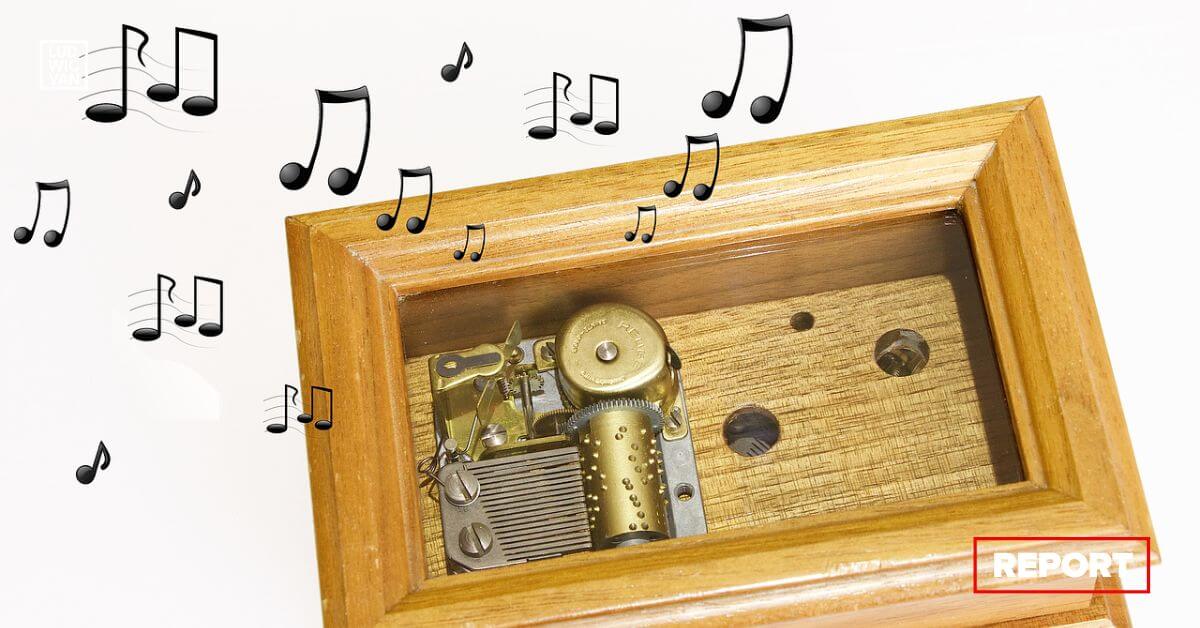
The Guthman Musical Invention Competition is held in Atlanta, Georgia each year, and has been going on since 2009. It’s become a Mecca for artists, engineers, and avid hobbyists to gather, show off, and talk about their one-of-a-kind musical instruments.
That can include everything, as it did this year, from sitars made of golf clubs to pianos that activate electromagnets instead of plucking strings. From a field of perhaps 50 to 100 entries each year, the top ten finalists are chosen for the annual competition in March.
The 2024 Competition
First place in the competition went to Max Addae’s VocalCords. The invention uses a system of three rubber cords that allow users to alter and augment their voices in real time. Addae wanted to add the element of touch to vocals.
Canadian Jean-François Laporte’s The Babel Table took second prize. Designed for children, (originally for a project called Babaloune), it uses a series of latex membranes and compressed air to produce a variety of tones. The sounds are meant to indicate different characters in the original project.
The system consists of “two bowls, a pipe, eight insects, several vibrating membranes and divas”, and a free latex electron, with a foot pedal to add an additional blast of air for emphatic phrases. Several composers have already written work for the instrument, as performed by Totem Contemporain.
Other finalists at the 2024 competition include the Sonògraf by Playmode, which turns handwritten notes and drawings into melodies.
The Bone Conductive Instrument Brings Sound To The Hard Of Hearing
One invention that holds particular promise when it comes to accessibility is the Bone Conductive Instrument by Bard University graduate Pippa Kelmenson, designed to help the hard of hearing experience music. Kelmenson has a background in experimental and electronic music, and the BCI is her graduate thesis.
She approached the project with the intention of creating an instrument that would interact with the body, specifically the skeleton, and enhance digital accessibility. Her research took her to audiologists and disability experts, along with individuals affected by hearing loss, whose information guided her design.
As she points out, hearing already affects structures beyond the ears alone. There are internal structures within the body that can act as resonating chambers — the head, for one. The vibrations allow for insight into how the body processes sound, as well as allowing the hard of hearing to, in effect, hear the music.
Holding the instrument up against the body, the sounds generated can only be heard by the user. Those sounds can be developed and manipulated. The art, in other words, is in the process, not the end result.
What she calls a multi-modal interactive system took about two years to develop.
#LUDWIGVAN
Get the daily arts news straight to your inbox.
Sign up for the Ludwig van Daily — classical music and opera in five minutes or less HERE.
- INTERVIEW | Composer Ari Kinarthy And Director Jeff Lee Petry Talk About Ari’s Theme, Premiering At Hot Docs - April 26, 2024
- PREVIEW | Creators & Performers Natalya Gennadi And Kristine Dandavino Talk About Grandma’s Shawl - April 26, 2024
- PREVIEW | Artistic Director Emily Cheung Dives Into Little Pear Garden Dance Company’s History & 30th Anniversary Peformance - April 26, 2024



